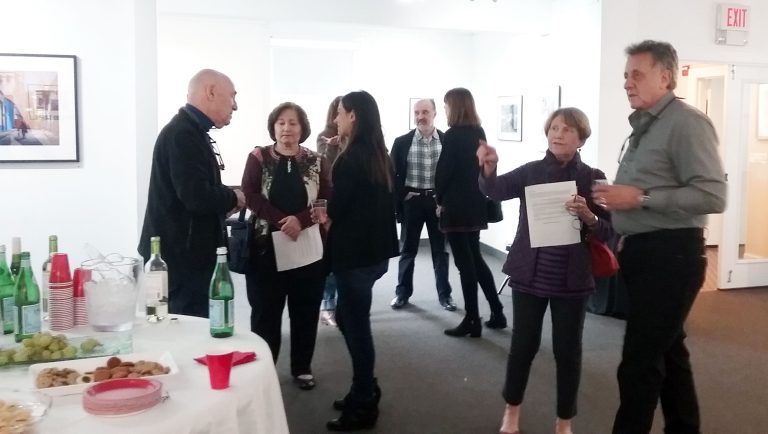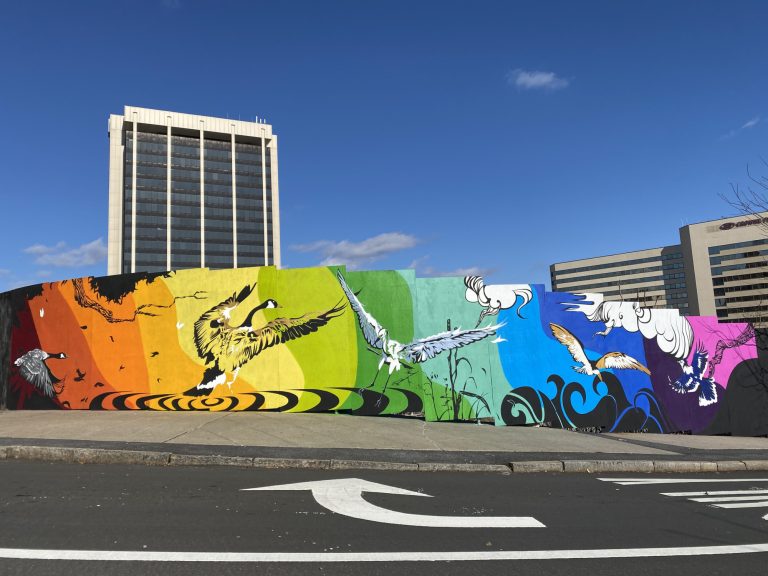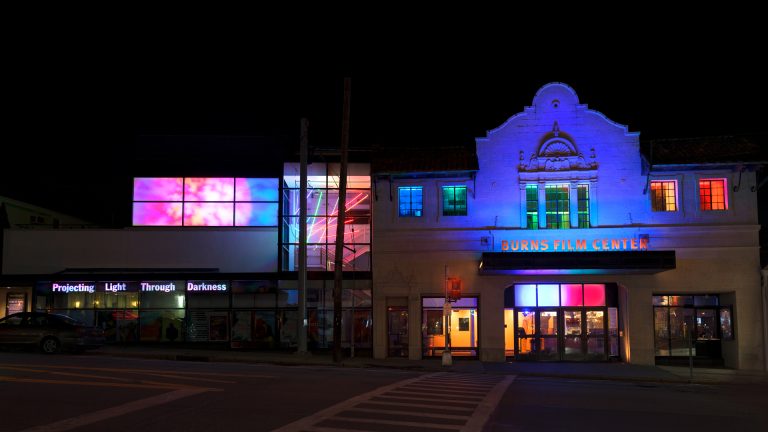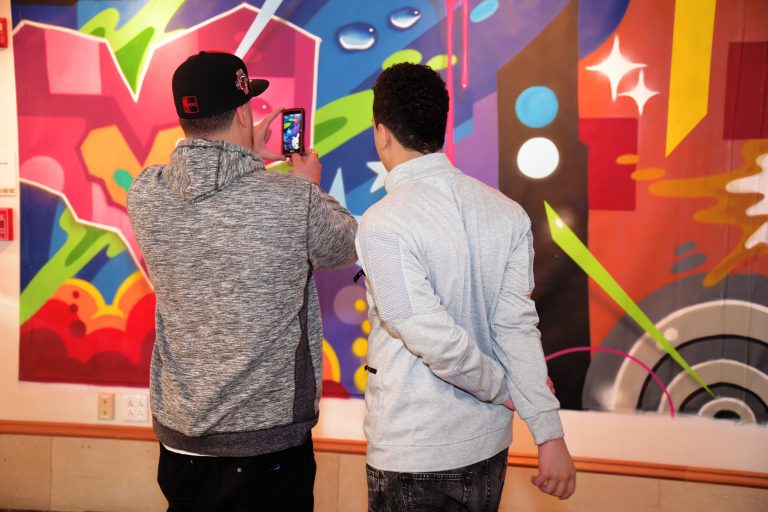[Essay] David Salle’s Works on Paper: Nostalgia, Anxieties & Redefining Realism
Before the pandemic forced me to work from home, I was regularly greeted by monumental David Salle’s paintings in the foyer of my Madison Avenue office building in midtown Manhattan. So, when I went to see Salle’s new works at the Edward Hopper House Museum (EHHM) in Nyack, NY, it was like meeting an old friend. Though this series of works on paper by such an influential contemporary artist seemed “tamed” in comparison to the exuberant collage-like paintings I remembered from my pre-pandemic office days, I still saw familiar energetic style protruding from the Hopper-inspired paintings of human figures.
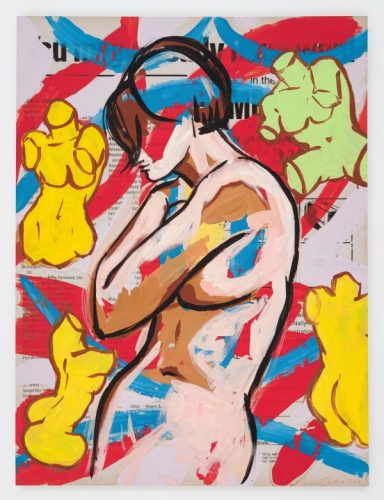
In the museum’s exhibition catalog, Salle notes: “In these paintings, I’m interested in compression and concision – the haiku rather than the ode. I’m working not just with image juxtapositions, but also with pairings of scale, color, touch and so forth. I want to see one thing through another; the so-called ‘background’ is really another character.” Looking closely at the background details we can see fragments of advertisements, magazine photos, and newspaper articles. These details prompt a viewer to decipher whether the words and images in the background are part of the stylistic form or have a conceptual connection to the foreground imagery. In the catalog, EHHM Executive Director Kathleen Motes Bennewitz, explains: “Salle’s application of paint and collage, and his layered source images, divulge an enterprising nostalgia for iconic advertisements and cartoons from a bygone era of Madison Avenue marketing, not contemporary digital ones… In times of seismic cultural changes, Salle taps into this nostalgia to relay a different version of American identity, one that avoids the cliché, the saccharine, the overbearing, or the patriotic.”
According to the catalog, nostalgia is one of the themes that connects Salle and Hopper, who are otherwise such stylistically different artists. For both artists, the nostalgia is the response to “anxieties of their eras.” Salle is anxious about media and digital marketing overload caused by technology. On the other hand, Hopper, who lived through the tumultuous time of the Great Depression and WWII, rapid urbanization, and commercialization, expressed his angst by gazing inward into the subject’s soul and creating “monumental silences,” images of stillness and solitude void of external chaos.

It’s ironic that Hopper, who is considered a quintessential American realist painter, eliminates the outside frenetic world in his carefully planned compositions. Meanwhile, postmodernist Salle’s method is based more on intuition than planning. Whether consciously or subconsciously, he produces a depiction of our society that incorporates an overabundance of imagery that is emblematic of contemporary digital age culture. Salle asserts, “Although my pictures are built out of bits and pieces of lots of different sources and images, the end result, if it is to succeed, must also be highly unified.”
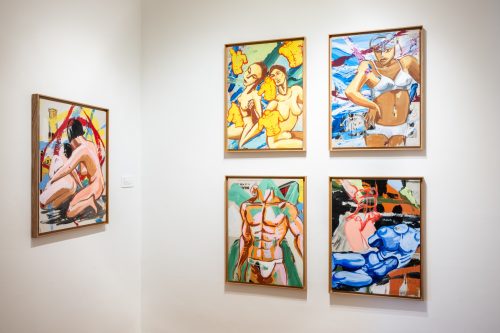
Salle, who is classically trained, demonstrates his homage to artists and movements aside from Hopper as well; but he does it subtly, utilizing humor and grotesque. For instance, he references classicism by including exaggerated male and female torsos that resemble classical Greek sculptures. He also depicts three bright green nudes that refer in composition to the Renaissance’s Three Graces, but is closer in style to Matisse’s The Dance. The artist also demonstrates familiarity with the “male gaze” that is so prevalent in contemporary feminist artworks. Only, by depicting headless masculine torsos next to women’s bodies, he denies the common representation of women as sexual objects and strips eroticism of female bodies despite adding lingerie to some. While background images from magazines show commercial versions of submissive wives from the 1950s, the foreground images depict stylized, but content, women.
Bennewitz told ArtsNews that EHHM is “always looking for creative, thoughtful, and thought-provoking ways to celebrate and expand Hopper’s legacy. In doing so, [it] presents works by major figures who were inspired by Hopper, or [who] springboard from his philosophy or example.” Works on paper by David Salle are on view through April 28.
PHOTOS: © David Salle/ Artists Rights Society (ARS), NY courtesy of Gladstone Gallery, NYC. Photo credit: Andrea Swenson Photography
About Yana Rolnik
Yana Rolnik is a freelance art historian and full-time Director of Software Engineering at Confluence Technologies. She has a Bachelors in Computer Science, Masters in Art History, and is pursuing Masters in Entrepreneurship in the Arts.




